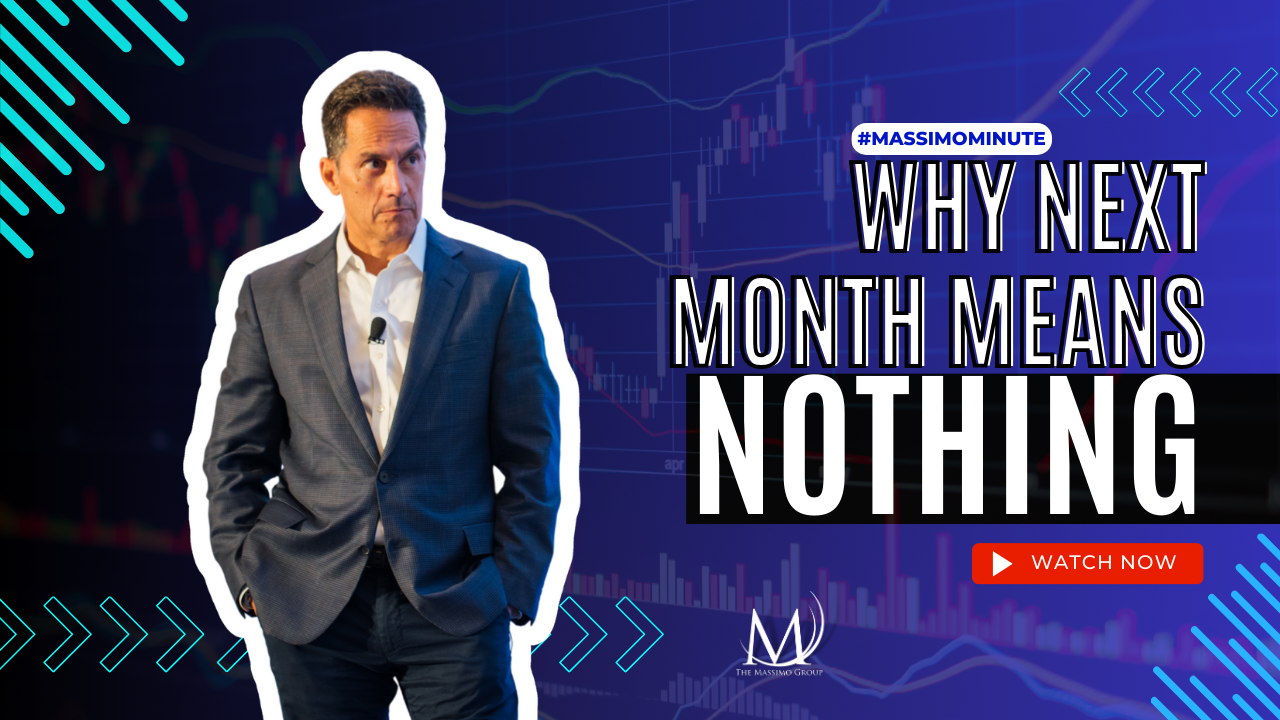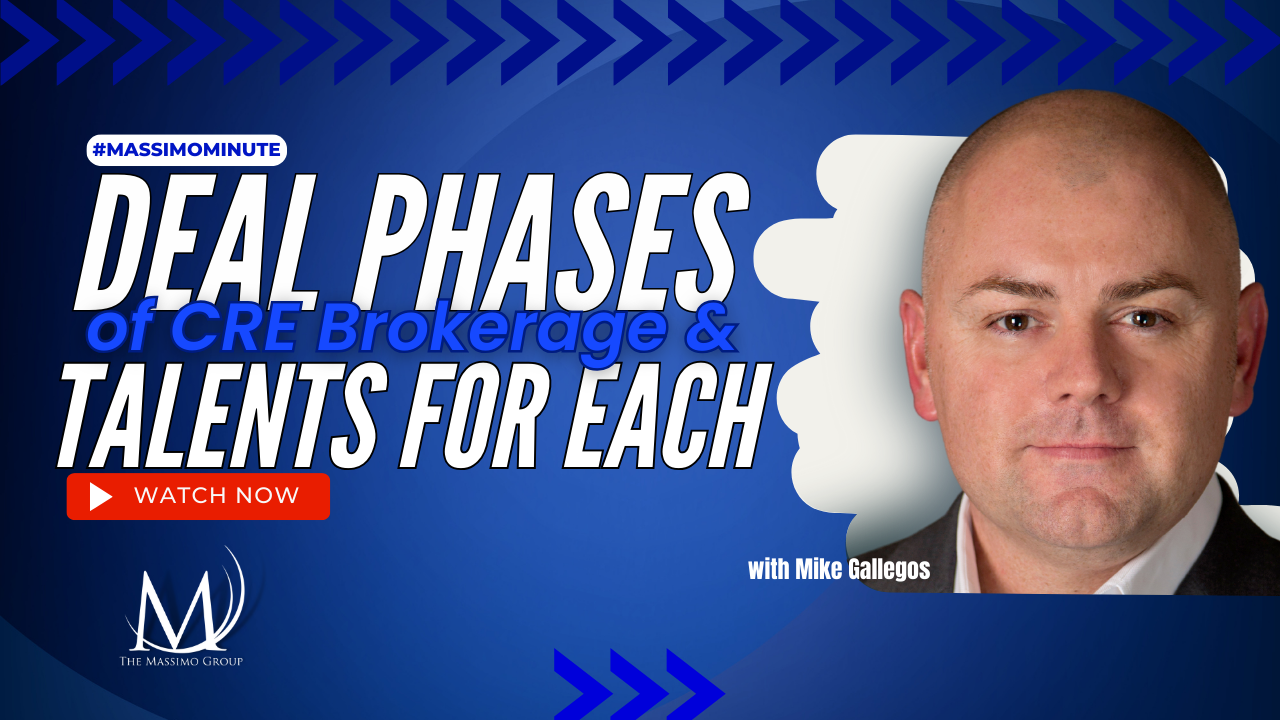Most commercial investment real estate purchasers aren’t looking to use the real estate on its own merits. They’re looking to make money off of it. With this in mind, the tools of commercial real estate financial analysis focus much more on the property’s income and expenses than on the property itself.
To financially analyze a property, you need to know what it is producing. The most popular financial analysis metric, the capitalization rate, gets calculated based on a property’s Net Operating Income. NOI starts with a property’s annual income. The property’s scheduled gross income is the sum of its rental collections, uncollected scheduled rent and its other income. To calculate the effective gross income, subtract a vacancy favor from the SGI.
NOIs track income after operating expenses. Operating expenses are all of the annual recurring expenses that you pay for the property, other than debt service. They include landlord-paid utilities, management, property taxes, and maintenance and repairs. Subtract the operating expenses from the EGI to find the NOI. You can use the income and the NOI to calculate metrics like the gross rent multiplier, the cap rate or, with information about loans, the cash-on-cash return.
Assuming that the information that goes into them is accurate, NOIs don’t lie. But they don’t tell the whole truth either. Which building would you rather buy?
- A $2,000,000 building with a $180,000 NOI paid by two tenants, both of which are in good financial shape and have at least 5 years left on their leases.
- A $2,000,000 building with a $185,000 NOI paid by one tenant who is shaky and has 18 months left on its lease.
When you look exclusively at the NOI, the second building is the better deal, since you get a higher cash flow. To be exact, it offers a 9.25 percent return, or cap rate, as opposed to the 9.0 percent cap rate that the first building offers. However, the first building probably has much better long-term prospects since the tenants are likely to stay for a longer period of time.
When you financially analyze a property, keep this in mind. A financial analysis can tell you what a building is producing. It can tell you how a building compares to other buildings. It can help you figure out if it makes good financial sense to use a loan to buy a property. But it can’t tell you exactly how a building will perform after the date of the analysis. You will need to use your judgment and experience to make a prediction. Financial analysis and modeling tools can help you quantify the results of those predictions, but you’ll still need to make the call.
Ultimately all CRE investment clients have one simple question about hiring you. Will this broker provide me the opportunity to make more money?






3 Responses
Rod – This was a fine post and your points come across in excellent fashion. Explaining financial indicators and there derivation is not easily done! Since a cap rate is also a risk rate gauging the durability, creditworthiness, amount and timing of the cash flows, your example comparing the two buildings is spot on and provides valuable advice for your readers who as brokers often assist their clients in risk assessment and risk mitigation. Your observation regarding the need for accuracy in the derivation of the NOI, property to property, is another significant tip. Thank you Rod!